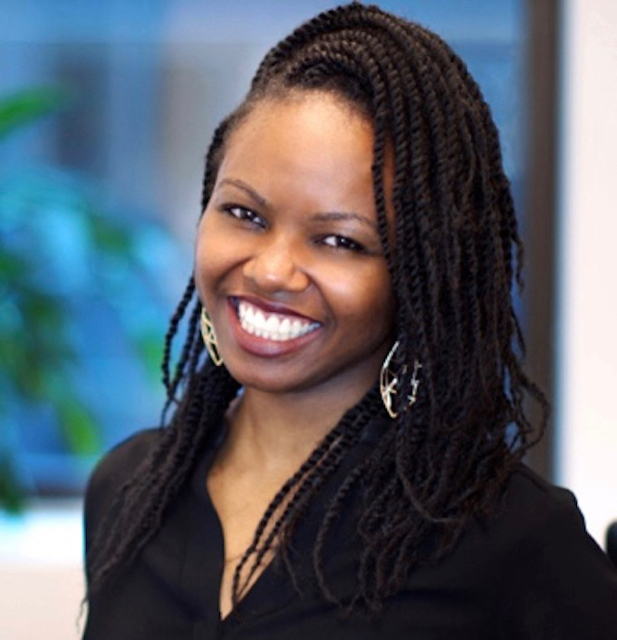What are the Greatest Challenges Facing A/E/C Firms?
It’s been a banner year for architecture, engineering and construction practices across the U.S. Consistently strong economic indicators have contributed to an influx of project work, with continued momentum anticipated for the foreseeable future.
As firms tally some of their best financial results in years, they’re also grappling with the operational challenges of managing and sustaining that growth.
Heading into the homestretch of 2018, we asked several A/E/C professionals to share their thoughts on the greatest challenges the industry currently faces.
Attracting Talent
“Marketing and HR are now sharing a problem called the ‘war for talent.’ There’s a big gap of technical professionals with five to 15 years of experience. Many firms are also struggling to pass the leadership torch to a new generation, with no real transition plan in place. This is an area in which senior leaders, HR and marketing need to work together to attract and retain the best talent.”
– Josh Miles, chief marketing officer at the Society for Marketing Professional Services (SMPS)
“Finding and retaining a talented workforce that reflects our society is a major challenge for firms. The retirement of baby boomers in our industry requires a major infusion of new blood.”
– Diana Eidenshink, president of the ACE Mentor Program of America
Maximizing Human Potential
“As smart and creative as our industry is, we haven’t been able to invent a work model that maximizes human potential and value. We’ve been exhausted, stressed, overworked and underpaid for a long, long time. How can we be trusted to design healthy environments when we don’t really know what being healthy really means? It’s time to take a look behind the curtain and make some adjustments to how, when and where we work.”
– Leigh Stringer, principal and workplace strategist at EYP Architecture and Engineering
“Project schedules are very time sensitive, which means that workers are chosen based on tasks they’ve completed time and time again. This can lead to people feeling pigeonholed, with a limited knowledge of things outside that realm of design and in the profession as a whole. This then leads to a cyclical issue where employees are leaving the firm to find more versatility elsewhere and the firm must fill the vacancy with another person with similar experience. I think firms should aim for a stronger balance between employee versatility and efficiency.”
– Nadene Taylor, associate at Beyer Blinder Belle
Market Differentiation
“A/E/C firms’ biggest challenge is avoiding commoditization. Firms must position themselves as meaningfully different from their competition. Sorry, but your people, level of service and deep relationships are not meaningfully different.”
– David Lecours, creative director and principal at LecoursDesign
“With all of the online noise from e-blasts and social media, it’s become quite challenging to set your firm apart from the rest. Now, more than ever, establishing a clear identity and brand is essential when pursuing new projects, cultivating new relationships and planning for your firm’s future.”
– Brien McDaniel, director of communications at FXCollaborative
Managing and Innovating for the Future
“As Seth Godin says, ‘Running a business with the wrong strategy in the wrong place at the wrong time is possible, but it’s an uphill battle.’
“A/E/C firms tend to focus on near-term objectives — practice and projects — getting the work and executing it to achieve a successful outcome. The new digital environment has given us the flexibility to reframe our business enterprises, as well as the work that we do and where. Today, successful enterprises are relying on an integrated coalition of leaders from all functional areas of the firm, responsible for addressing top-level issues from a holistic point-of-view, and building an investment strategy for the future.”
– Marjanne Pearson, chief of Talentstar, Inc.
“Although many A/E/C firms are extremely busy right now, they are focused on the present, not the future. They’re not looking 2-3 years out and addressing things like sales pipeline, ownership transition, leadership training and strategic directives. Firms are living the ‘urgent’ — getting projects out the door today — and ignoring the ‘important,’ the future success of their company.”
– Scott D. Butcher, FSMPS, CPSM, vice president and CMO at JDB Engineering, Inc.
“A/E/C firms need to be prepared for the future when the need for innovation increases every day. According to the American Society of Civil Engineers, it’s estimated that $4.59 trillion must be invested over the next 10 years to bring transportation infrastructure and water, energy and sewage systems to safe working order in the U.S. alone. Another factor is the rapidly changing technology that is transforming the way we work.”
– Maribel Castillo, vice president and director of corporate communications at T.Y. Lin International
Check out “The State of the A/E/C Industry,” a handy compilation of several current economic indicators compiled by JDB Engineering.

















